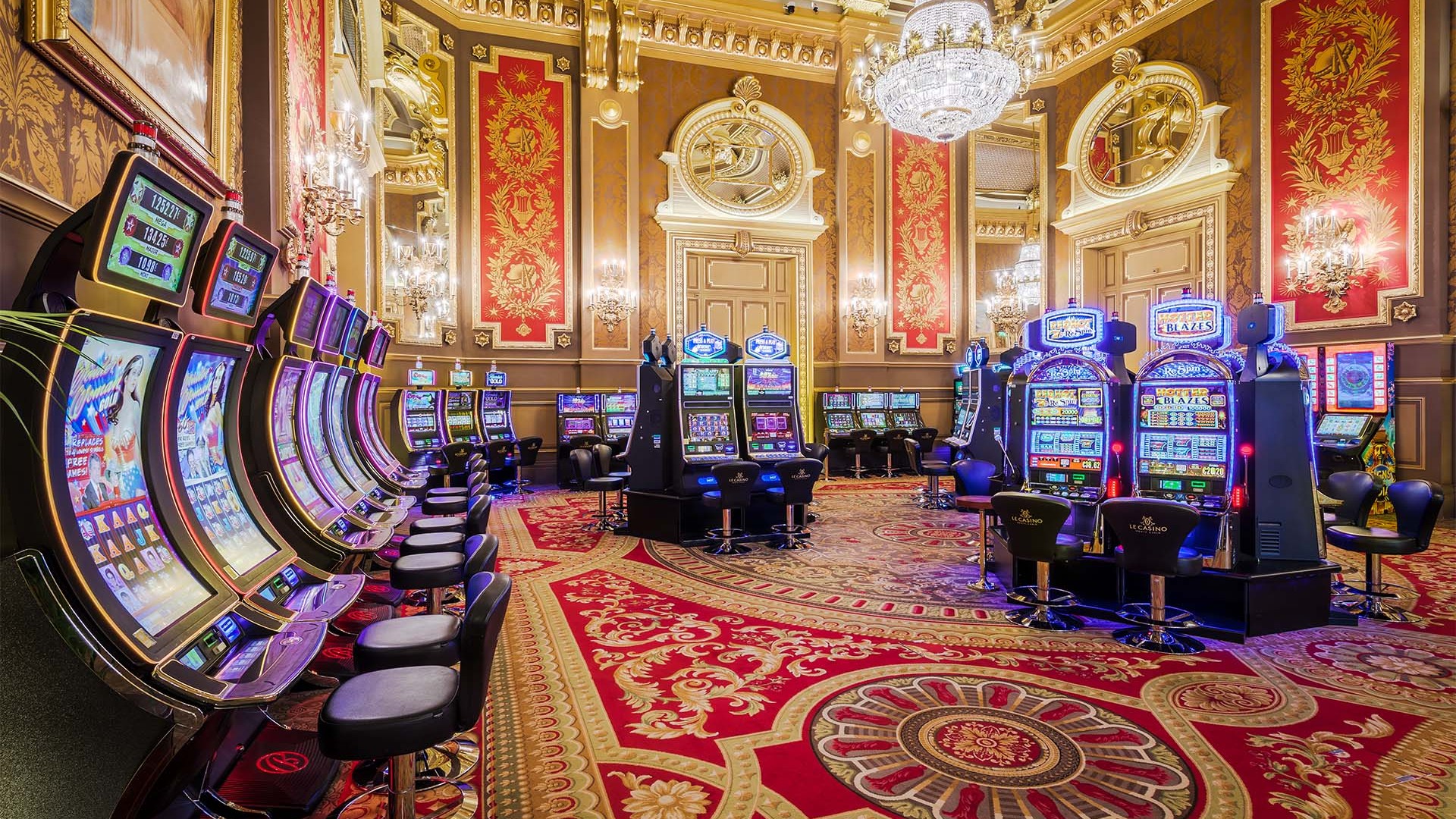
Within a vibrant and thrilling world of casinos, where luck and strategy intertwine, hues and aesthetic play a pivotal role in attracting gamblers. As soon as visitors step into a casino or log into a gaming website, they are enveloped in a visual feast that grabs their attention and entices them to explore more. Vivid colors, captivating graphics, and creative layouts are carefully crafted to create an atmosphere of excitement and anticipation, ultimately improving the gaming encounter.
While gamblers move through the dynamic landscape of casino games, they encounter a range of designs that not only serve visual purposes but also affect feelings and choices. Colors like scarlet and yellow symbolize wealth and luck, while soothing navy and emeralds can create a much relaxed environment. Understanding how these elements function together enables casinos to create an inviting and energizing atmosphere that encourages players to engage with the games, invest additional time at the tables, and increase their overall enjoyment.
The Study of Tint in Gambling Games
Hue plays a key role in the design of gambling games, affecting player emotions and actions. Lively and vibrant hues, such as red and amber, are often used to incite thrill and attract notice. These colors create a sense pressure and energy, encouraging players to involve themselves more eagerly with the activity. By thoughtfully selecting hues, creators aim to elicit feelings of pleasure and excitement, which can enhance the total player experience.
Various shades also have psychological connotations that can influence how participants perceive their odds of victory. For example, green is frequently associated with good fortune and wealth, making it a popular choice in activities like the roulette wheel and poker games. This association can lead players to feel more positive and confident in their gaming, ultimately encouraging them to wager more. Grasping these associations allows game designers to design environments that enhance player satisfaction and engagement.
In addition, the layout of casino game interfaces often uses gradients and opposing shades to guide player actions. For instance, successful combinations may be emphasized with bright, differing colors, creating a visual incentive. This approach strengthens successful results and promotes repeated gameplay. By utilizing color psychology, gaming venues can develop activities that not only captivate participants but also keep them engaged and committed in their play experience.
Creative Elements that Engage Players
The visual appeal of gambling games is primarily influenced by the use of vibrant colors. Lively and contrasting colors are strategically chosen to create an appealing atmosphere that grabs attention. For instance, crimson and golds often signify luck and prosperity, which is why they are prevalent in the color schemes of slot machines and game surfaces. These colors not only attract players in, but they also stir emotions related to thrill and expectation, enhancing the overall gaming experience.
In parallel to color, the design and organization of casino games play a crucial role in captivating players. Games are designed to be user-friendly, ensuring that players can quickly understand the guidelines and mechanics. King88a.org Accessible interfaces, along with engaging graphics and motion, help maintain player interest and encourage longer play sessions. Trang chủ King88 The physical elements, such as the feel of the controls and the sounds of the games, also add to a comprehensive sensory experience that keeps players engaged.
Finally, thematic elements in gaming design can greatly influence player choice. Many casino games are inspired by popular culture, fairy tales, or adventure themes, incorporating symbols and characters that connect with players. These themes create a sense of engagement and connection, making each game feel unique. When players feel a connection to the theme, they are more likely to choose that game over others, leading to increased participation and enthusiasm within the gambling environment.
Case Studies: Notable Casino Slot Designs
One key example of impressive casino game design is the well-known slot machine series themed around hit movies. Games such as those based on the Wizard of Oz and Game of Thrones utilize vibrant colors and top-notch graphics to enthrall players in well-known narratives. The employment of lively visuals and engaging sound effects grabs the focus of players, establishing an emotional connection to the theme. This approach not only encourages longer play but also enhances the overall gaming experience, yielding increased player retention.
Another successful case is the application of color in table games like 21 and roulette. Casinos often design these games with rich reds and greens, colors traditionally linked with luck and wealth. For instance, the emerald felt on a blackjack table provides a calming effect, while the crimson accents in roulette invite thrill. This intentional use of color helps to create an inviting atmosphere that stimulates players to engage, addressing their psychological impulses and boosting their enjoyment.
Finally, online casino games that incorporate community features and vivid, colorful designs have experienced remarkable success in engaging players. Games like Zynga Poker and Slotomania leverage vivid colors and playful animations to forge an inviting online environment. The integration of leaderboards, social sharing options, and in-game rewards fosters competition and community, attracting players in for longer sessions. Such designs not only make the games visually appealing but also underscore social connectivity, a key factor in player retention and engagement within online casino environments.